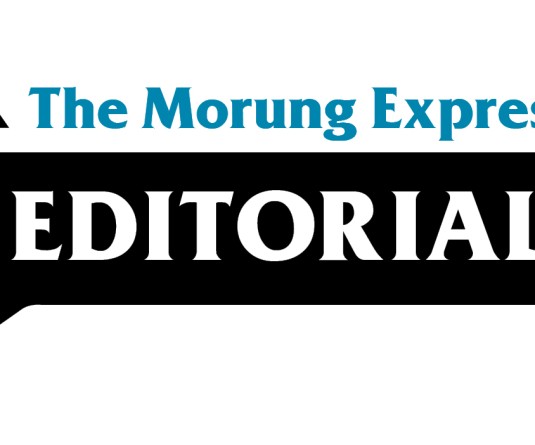
With an Annual Plan outlay of Rs. 760 crores, Chief Minister Neiphiu Rio has managed to juggle the rupees and the paise into a realistic forward-looking budget. Fiscal prudence and growth objective seem to be the cornerstone of this year’s budget. The step-up of 30 per cent fund allocation for social services and 12 per cent for Agri and allied sector should be welcomed. As was also suggested in this column, Rio seems to have worked out the allocation of money keeping in mind the all round development of the State. How well the funds are utilized keeping in mind the growth objective as laid out in the Finance Bill remains the key factor. What is most encouraging though is the plan allocation of Rs 21.25 crore for the development of Under-Developed Areas. This will go a long way in correcting the decades of lopsided development that the State experienced. Further by clubbing schemes for this purpose under a single window mechanism—the Development of Backward Areas Programme—the flow of funds can be better accounted for while the development activities can be closely monitored.
While it may be too early to pass a judgment on the fiscal reform initiative being currently undertaken under the Nagaland Fiscal Responsibility and Budget Management Act, 2005, the State Government both now and in the future will have to start planning a long term road map to alter the strenuous nature of resource equations within the present budget making exercise. Firstly, on the revenue side, the State continues to depend overwhelmingly on Central assistance. It is quite disturbing to note that approximately 65 per cent of the total receipt comes in the form of Central assistance while the State revenue is almost miniscule at around 6 per cent. It is therefore somewhat surprising and at the same time contradictory that the budget for 2006-07 is devoid of any fresh taxes but emphasizes on improved realization of revenue by means of expanding the area of operation and plugging the leakages. If however, the government is serious about raking in the revenue, the government machinery would have to get itself into a combat mode to generate commensurate revenue to go along with the current expenditure accrued to the State exchequer. Unless revenue collection improves, the State finances would be hard pressed to sustain its expenses.
On the expenditure side of the budget, it is equally distressing to observe the chuck of money going away to support Non-Plan Expenditure (Rs 1408.28 crore). Concomitantly the State’s Plan Expenditure remains pecked at Rs 760 crore. This means that Non-Plan side (including the problematic area of wage and salary payments to government employees) of the budget is double the amount of funds allocated for development purpose. Cutting down on the Non-Plan side requires a long term strategy backed by strong political will to reduce spending on populist measures and unnecessary wasteful expenditure. For this, the State government should now strictly adhere to the provisions of the Nagaland Fiscal Responsibility and Budget Management Act, 2005 while keeping the overall objective of expenditure reform in mind.





